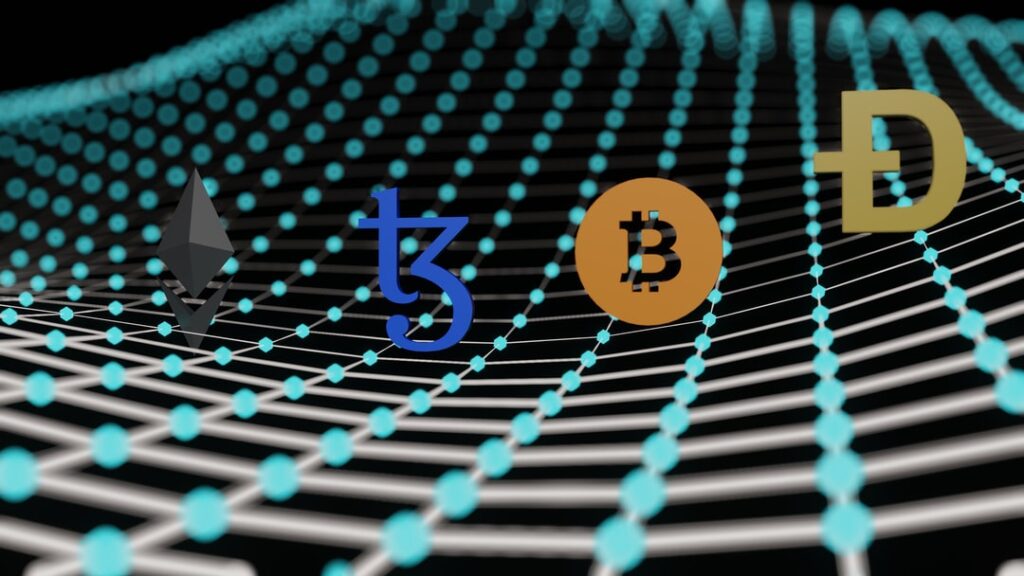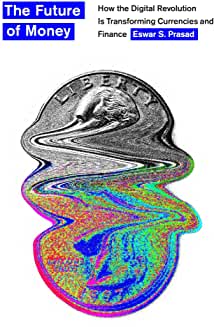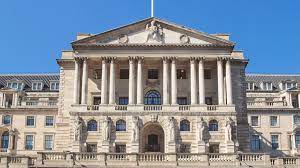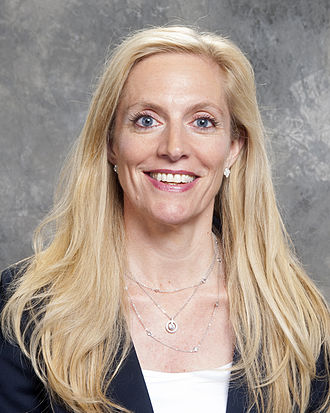Lessons from reliability and bathtub curve for busting crimes

Frauds and terrorism
Formidable military cantonments with awe-inspiring security have existed for centuries. Treasure, including notes and coins, have also moved for centuries. Banks have time-honoured systems and processes for internal control and audit.
Nevertheless, we hear of security breaches in military establishments. The choice of time, location, and other details point to a high level of planning. Daring and well-planned train robberies involving sovereign treasure make some Western flicks seem like minor pickpocketing. Bank frauds the size of several Satyam frauds point to governance failures from top to bottom. Investigations followed, and responsibility fixed. The immediate causes were familiar. System failures, noncompliance with laid down procedures, and ignoring established norms. One rarely identified root causes to see why noncompliance took place. And what actions could prevent them in the future. Continue reading “Frauds, terrorism, and bathtub curve”
![]()



